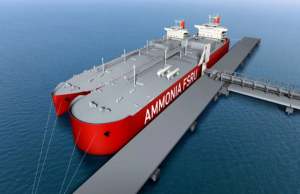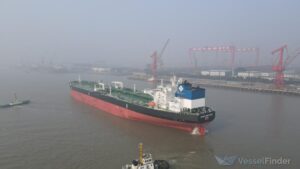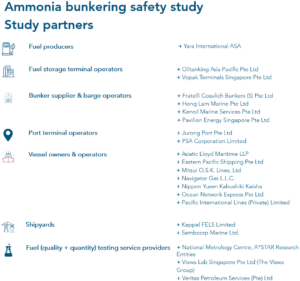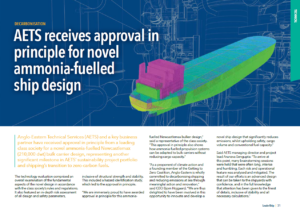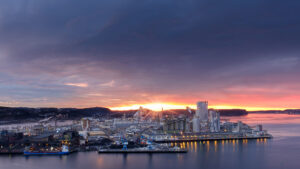This week we explore a trio of announcements out of China:
1. The ammonia-ready vessel Kriti Future has been delivered to owners Avin International.
2. Höegh Autoliners has contracted China Merchants Heavy Industry to build at least four of their new ammonia-ready vessel design: the Aurora-class car carrier. The new builds will meet requirements for DNV GL's methanol and ammonia-ready notation guides.
3. And Swiss-based shipping giant MSC has placed an order for six ammonia-ready container ships from Dalian Shipbuilding in China. The vessels will be powered by WinGD dual-fuel engines, for which retrofits will be available by 2024/5 to run on methanol and ammonia.


